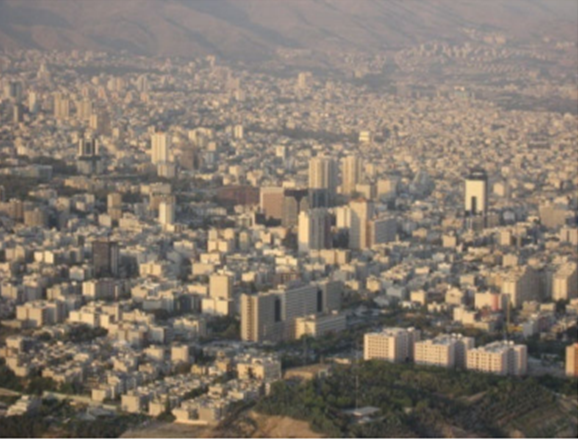
Uploaded on 2018-06-18 by sajedeh roustaei
The existing interaction between urbanization and climatic factors created the UHI formation over the city. The percentage of UHI formation is high when great interaction exists. Although urbanization factors have great impact on climate, climatic factors also effect on urbanization and turn cities into unwelcome hot areas. In Tehran, especially in summers, raised temperatures derive from the altered thermal balances in urban spaces, mainly due to the materials and activities taking place in city. The increasing numbers of buildings and construction in Tehran have crowded out vegetation and trees. Thus, air temperature increases especially in high density areas. The general lack of vegetation and the low albedo of urban surfaces are strong characteristics of the formation of the heat island effect in Tehran metropolitan. The geometry between a vegetated area and the density-morphology of an urban area are completely different, which has a direct effect on wind and shade distributions. Human activities taking place in Tehran urban areas are responsible for anthropogenic heat release (transport, space and water heating, cooling and etc.) and air pollution, the latter affecting clouds cover. The combination of these factors determines the way in which heat is absorbed, stored, released and dispersed in the urban